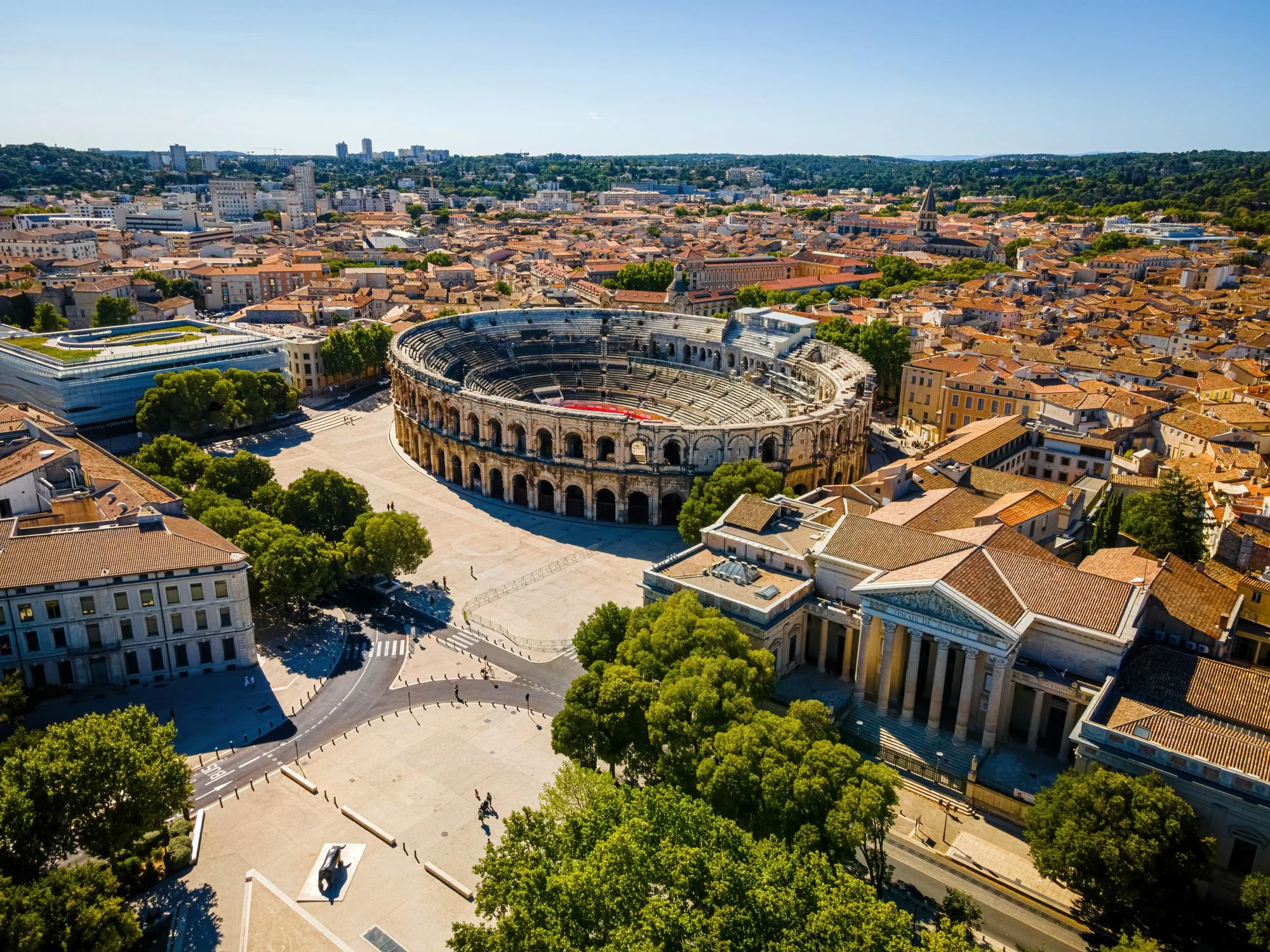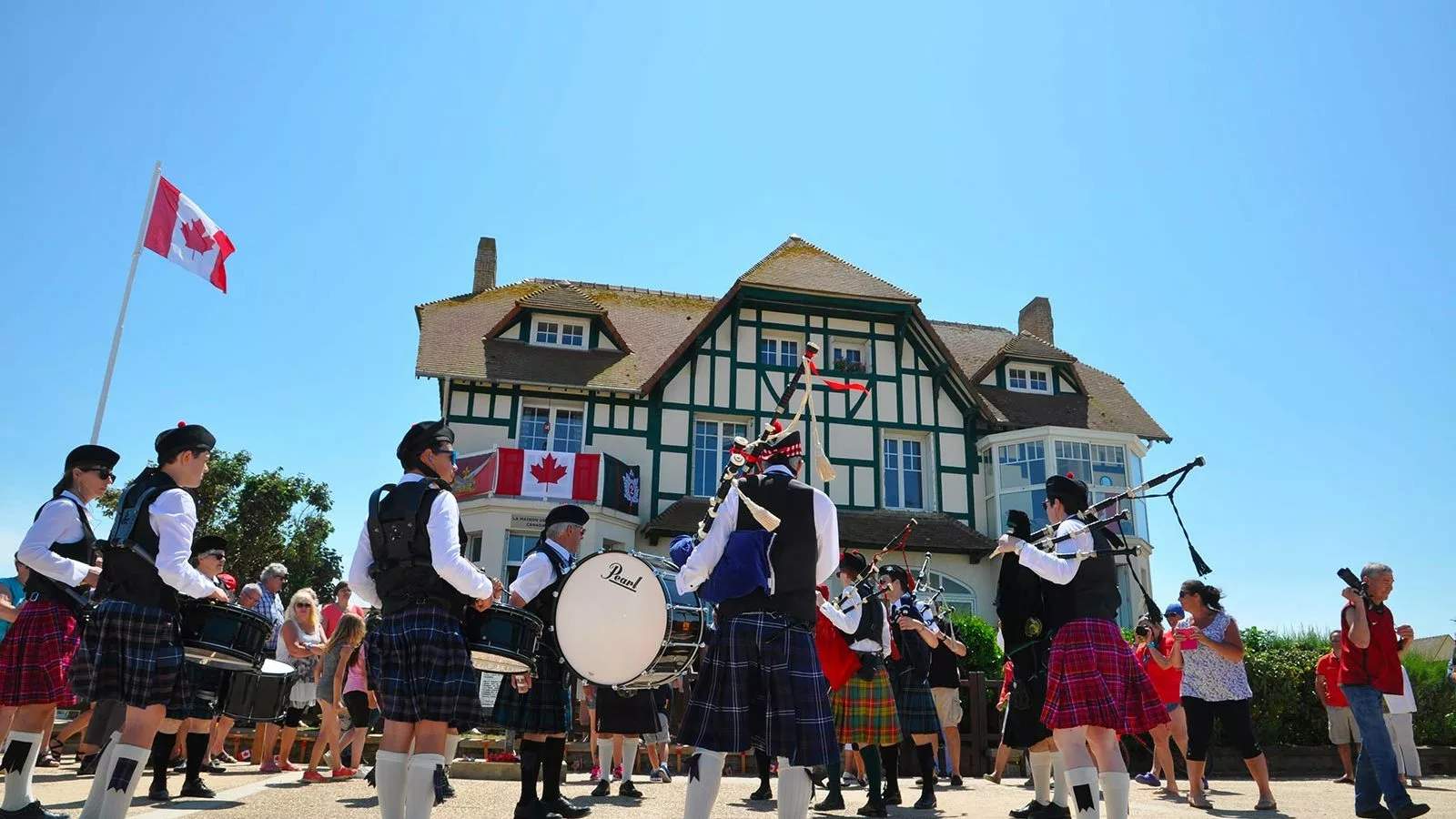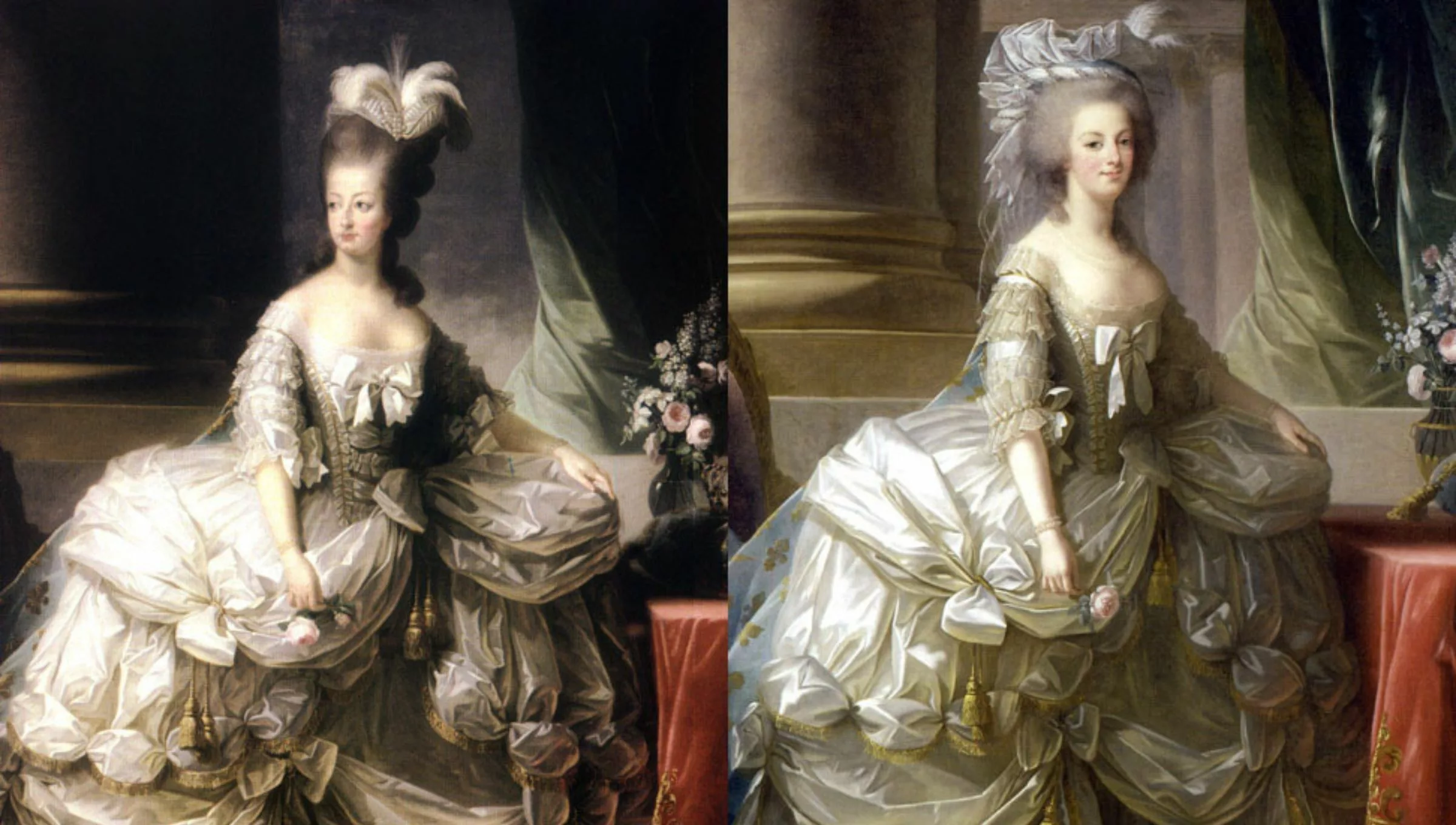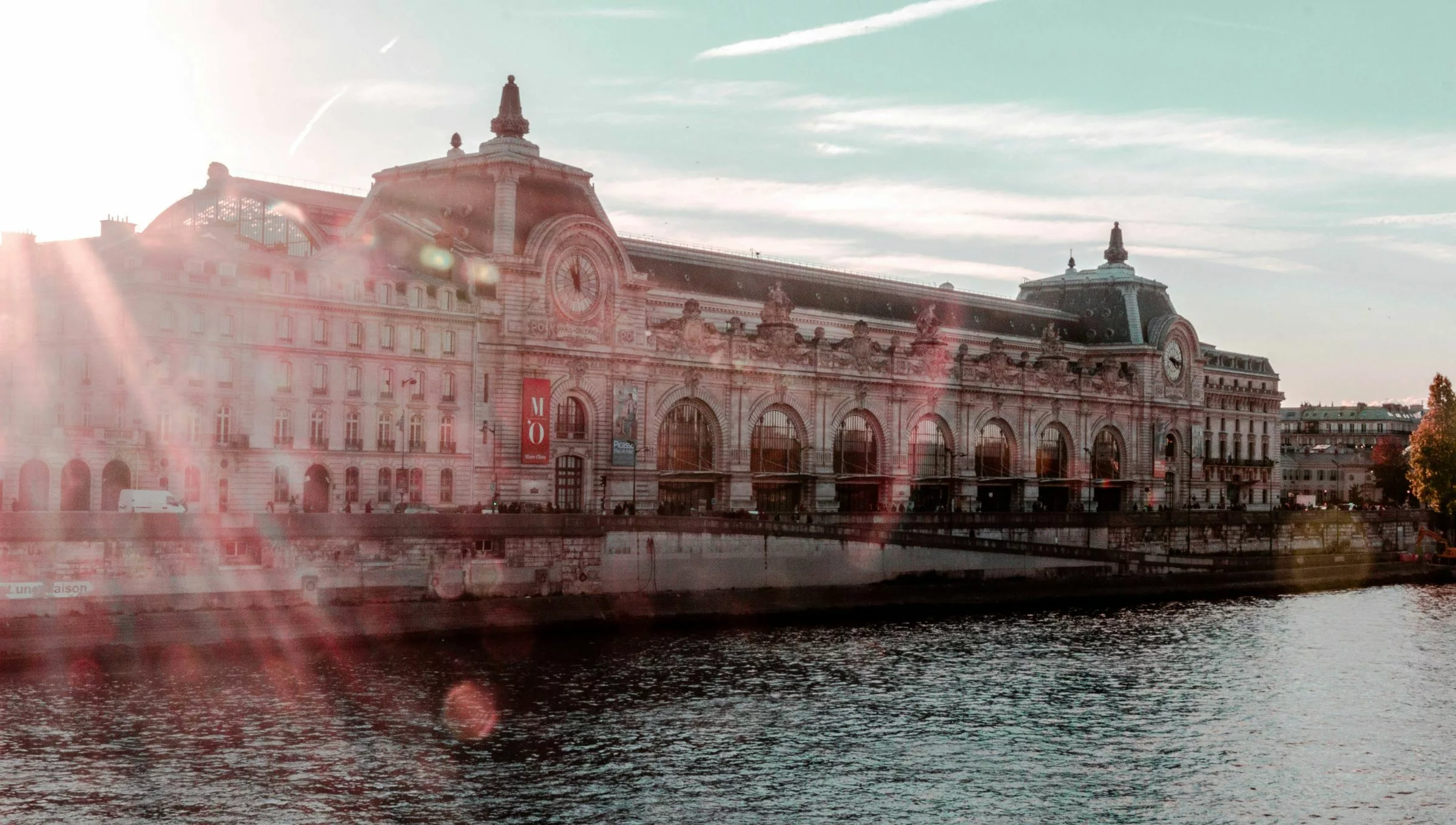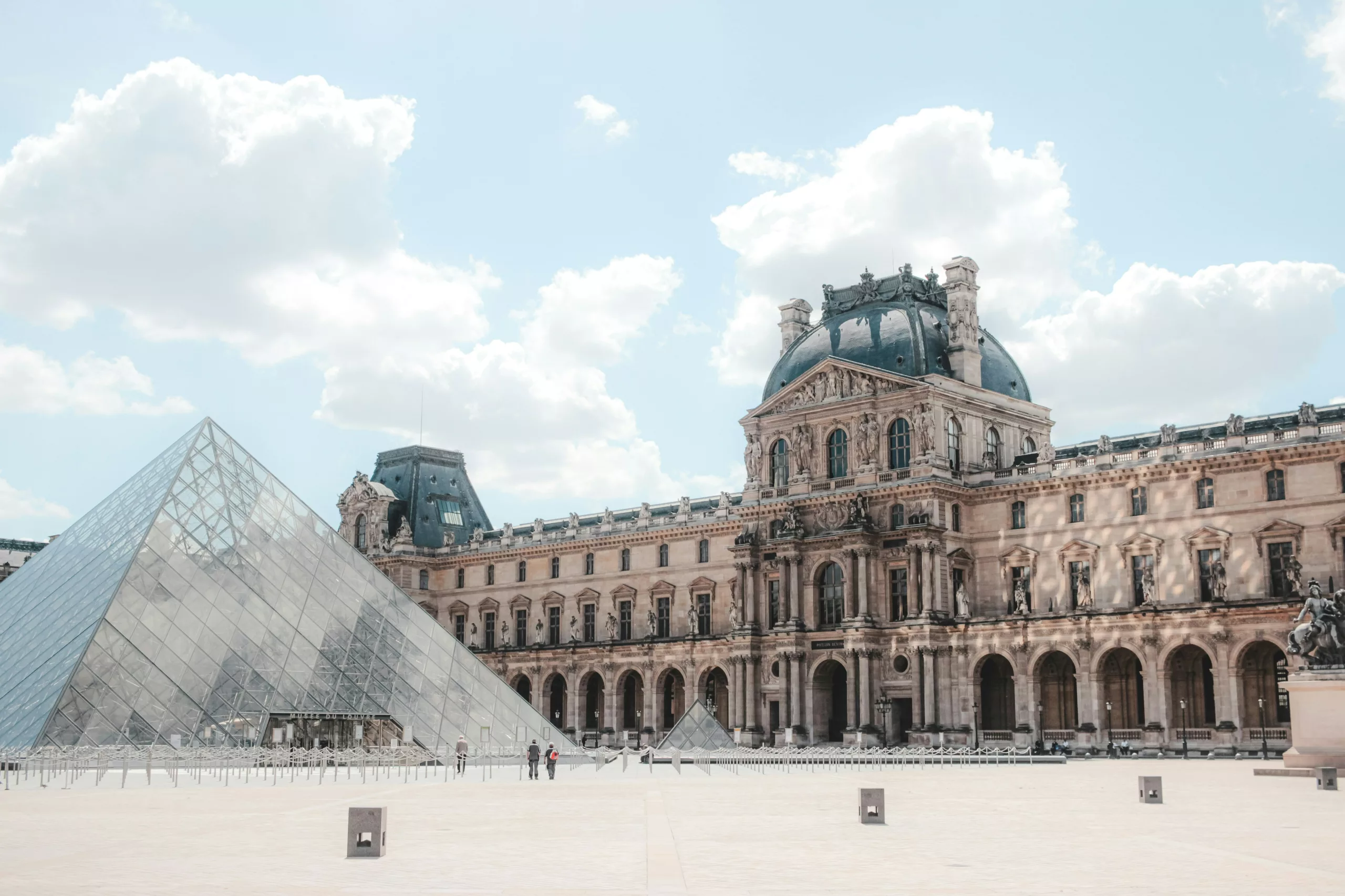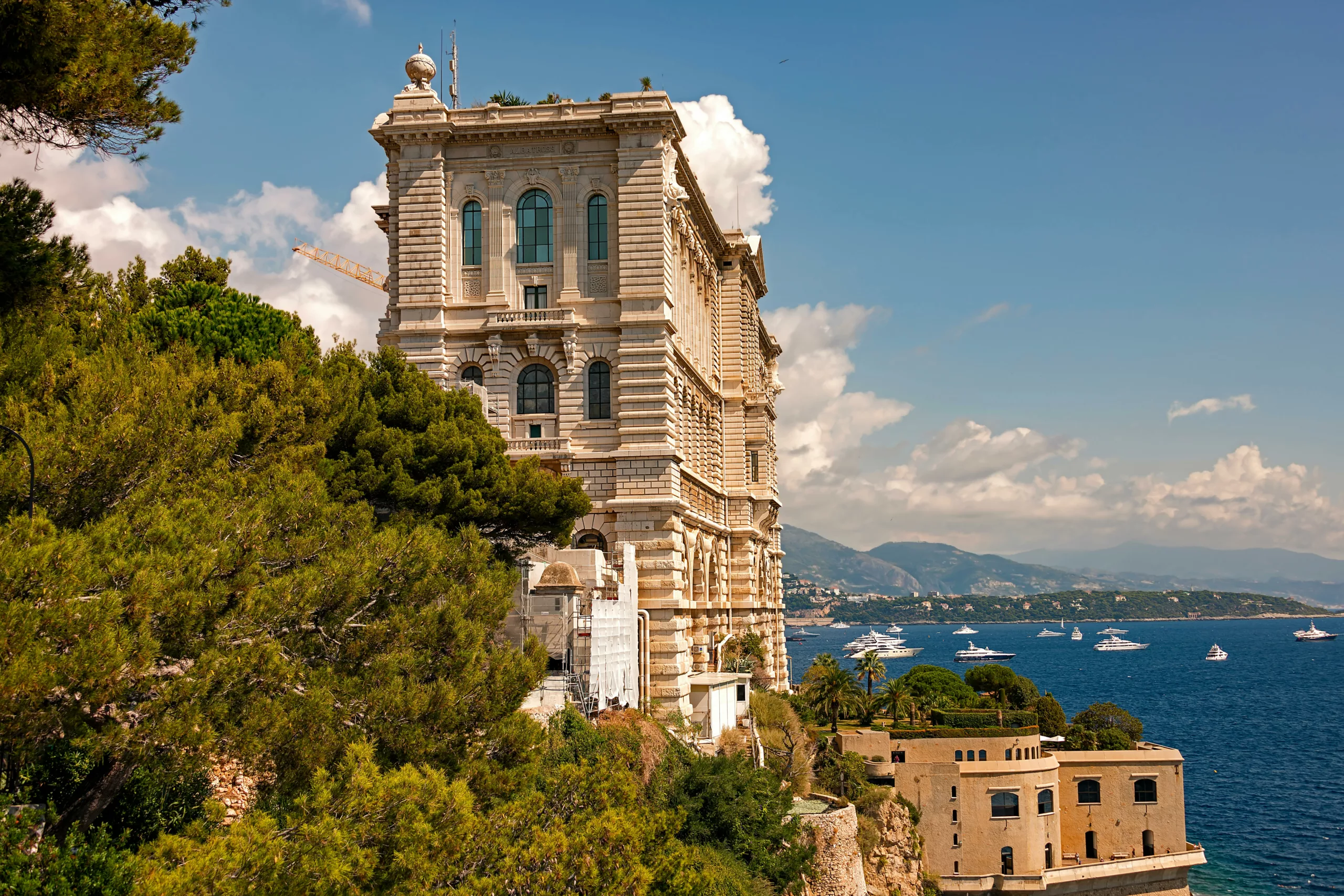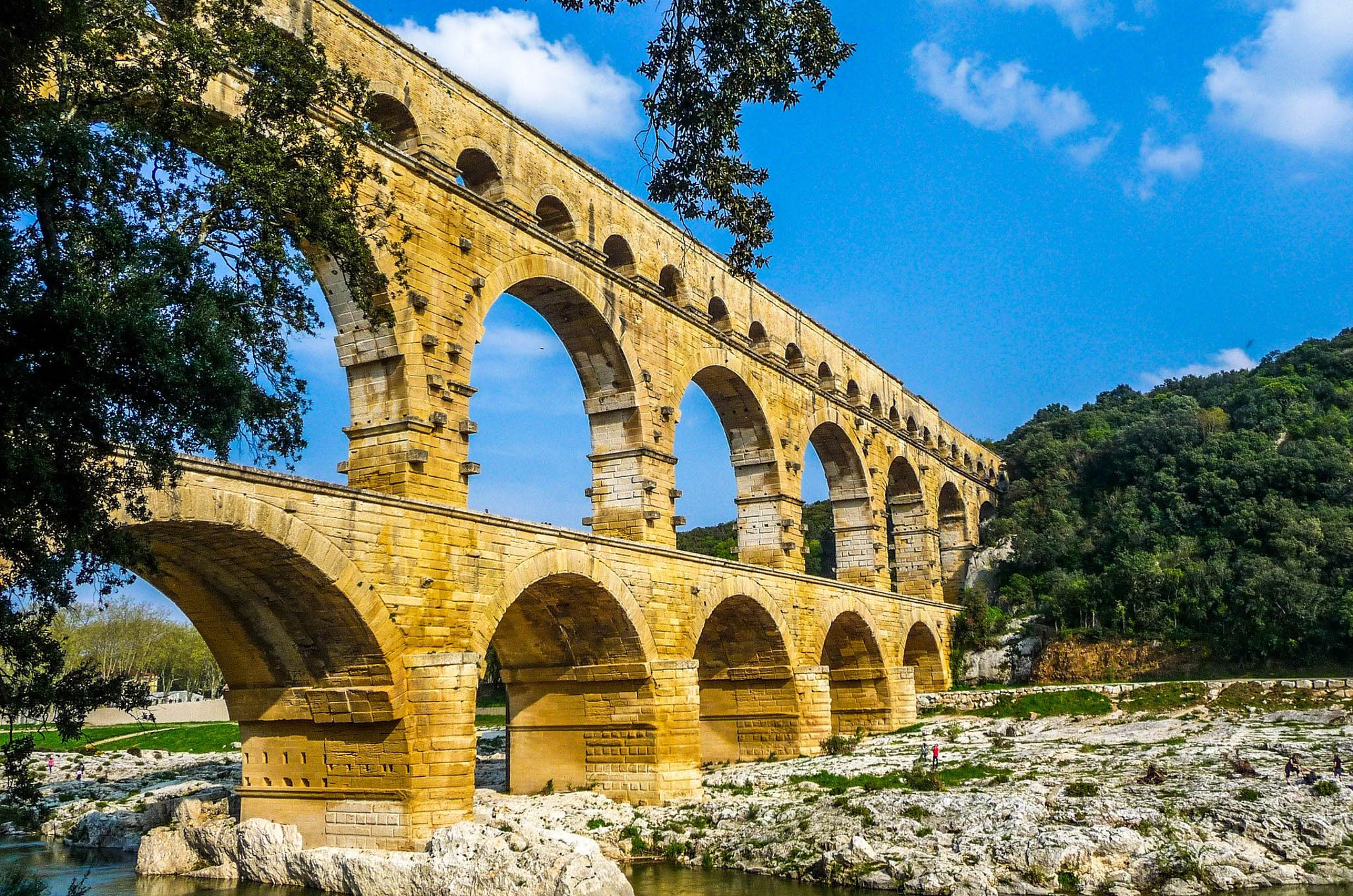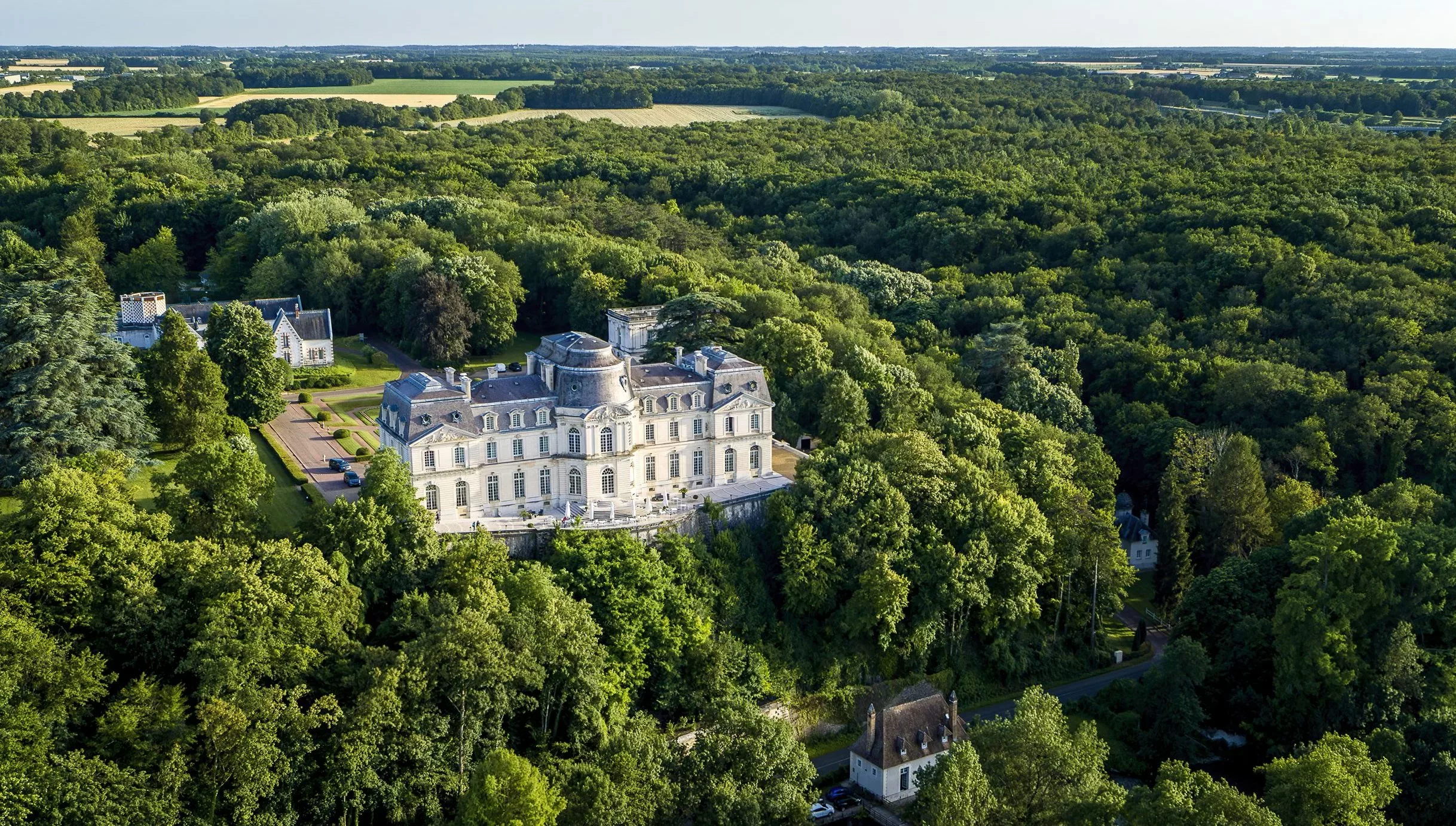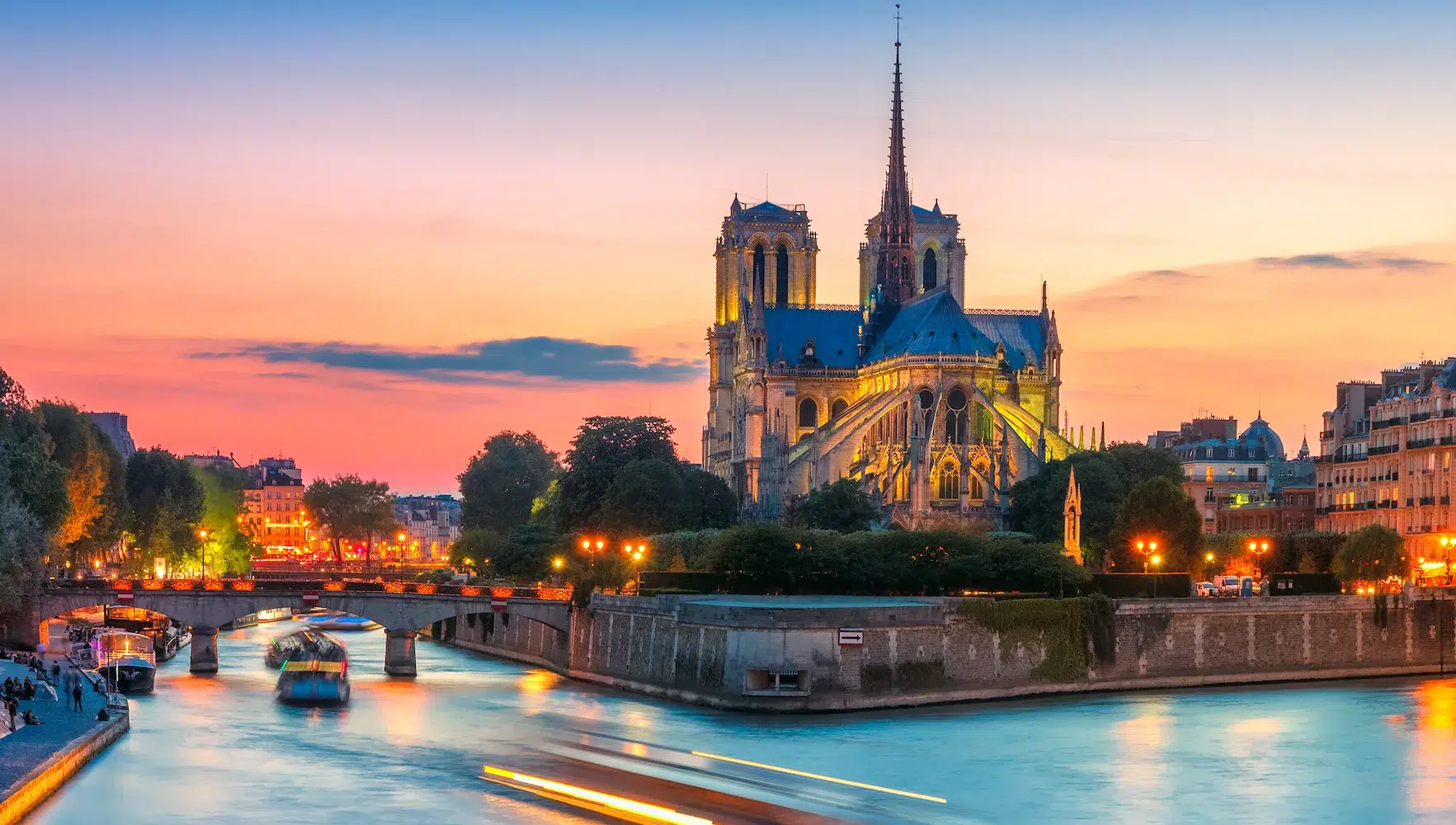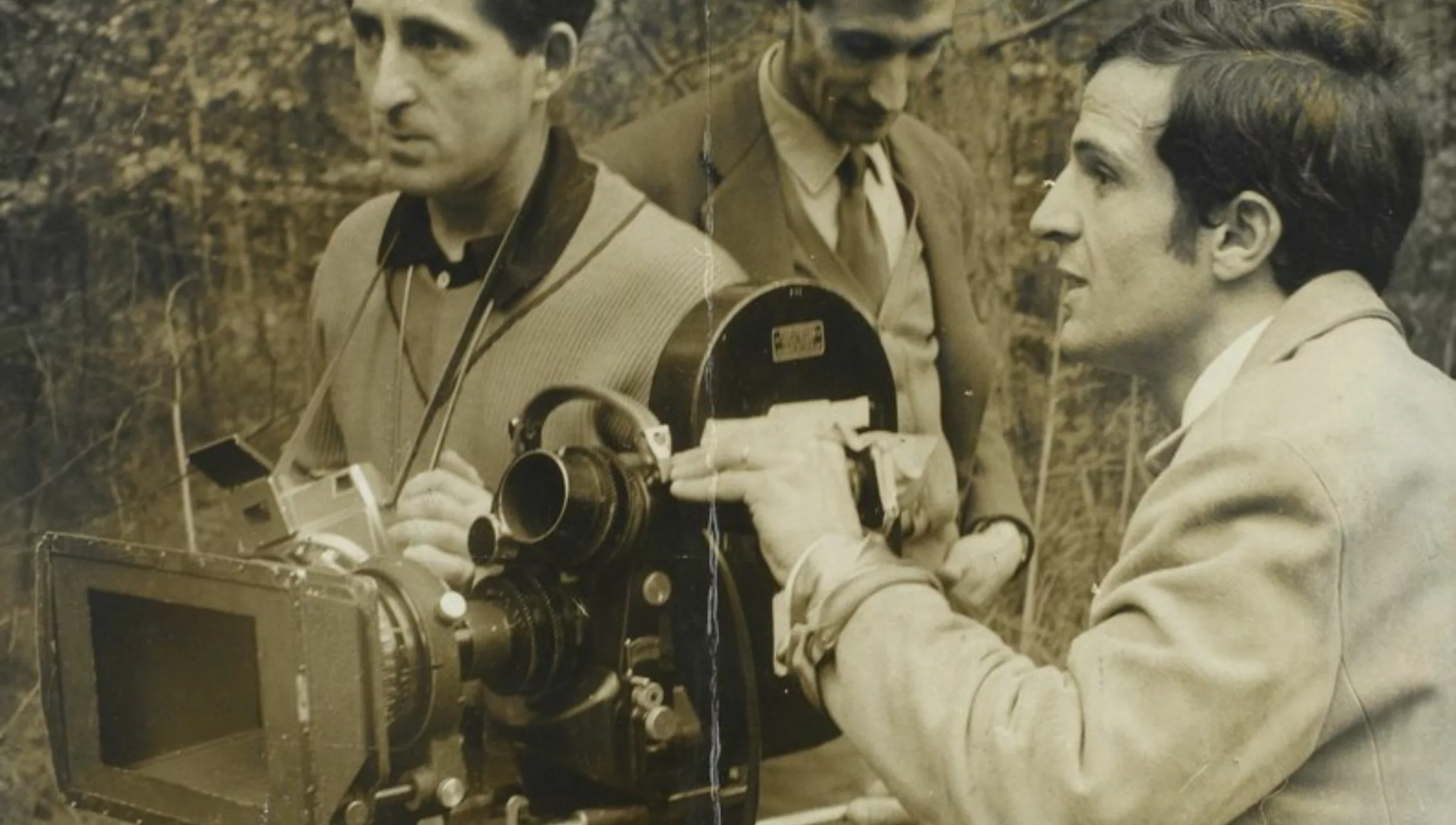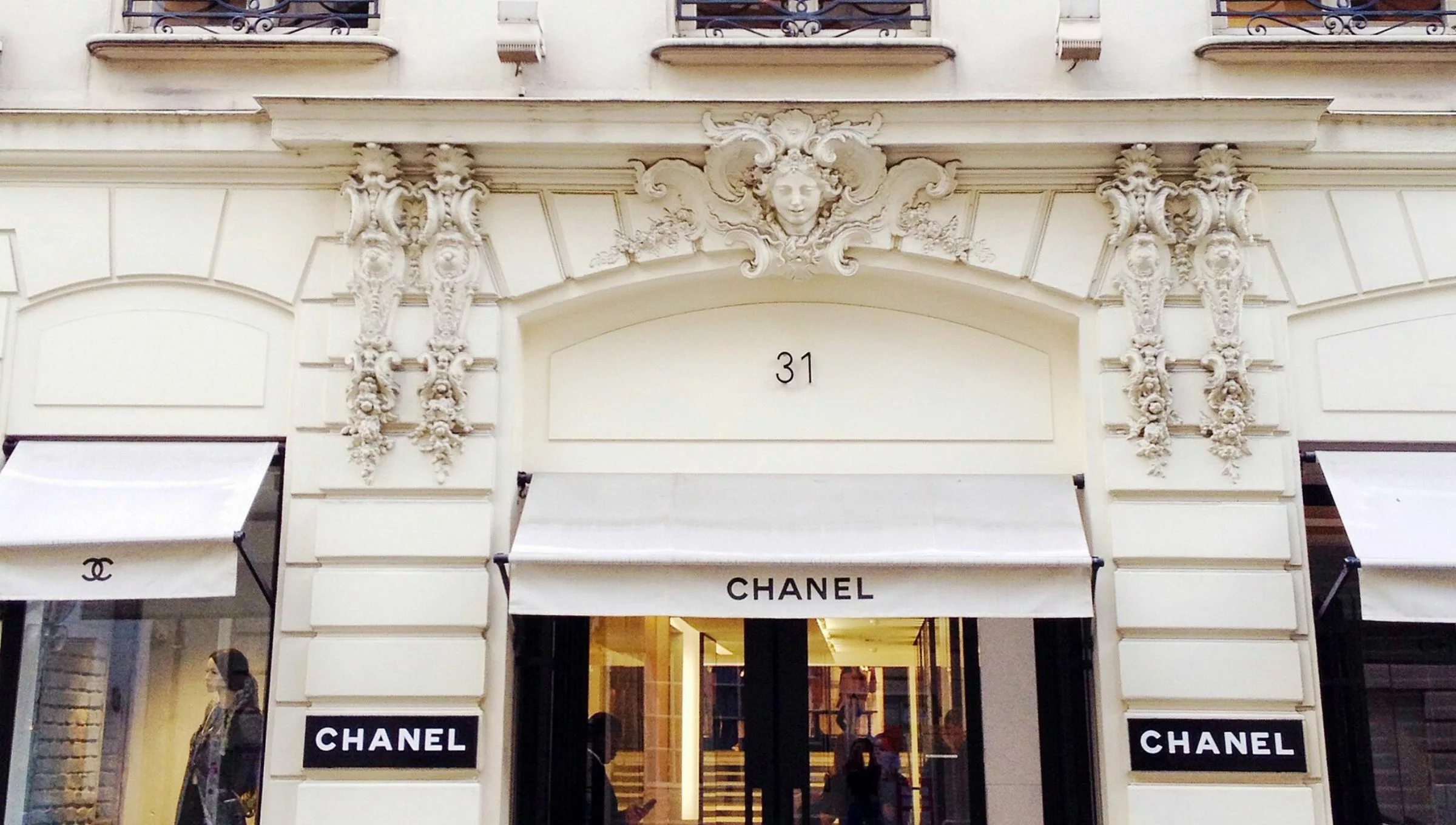Explore Nîmes, a captivating city in southern France boasting Roman ruins, charming cafes, and modern luxury. Discover ancient amphitheaters, Pont du Gard aqueduct, beautiful gardens & more. Plan your perfect getaway with our travel experts!
Category : History & Culture
Uncover Canada’s World War History in France
Are you a Canadian history buff planning a trip to France? Immerse yourself in the rich legacy of Canadian bravery and sacrifice by following the Canadian Route of Remembrance. This unforgettable itinerary takes you to the very battlefields where Canadian soldiers played pivotal roles in both World Wars.
This historic route winds through northern France, encompassing poignant memorials, preserved trenches, and informative museums. Walk the same grounds where Canadian troops secured key victories, stood strong against overwhelming odds, and forever changed the course of history. Join us as we delve into the details of this commemorative journey.
Marie Antoinette-Inspired Paris Itinerary
Among a history marked by kings and generals, few women have made their mark on French history quite like Marie Antoinette. Born in Vienna, Marie Antoinette married Louis XVI with luxury and infamy to follow closely behind. Although she died in the 18th century, you can still follow in her footsteps in Paris today. If you’re curious about French Revolution history and French royalty, we’ve curated our best Marie Antoinette-inspired Paris itinerary.
Best Museums in France (Other than the Louvre)
From its rich gastronomy to its breathtaking landscapes, it’s no shock that France is one of the most visited countries in the world. Another big draw to France is also its vibrant museum selection. France’s capital is home to the Louvre, which is the most visited museum across the globe, according to Museums.eu. But the rest of France has much to offer in terms of art, culture and history. We certainly do recommend a visit to the Louvre, but beyond this classic, we wanted to share some of the best museums in all of France.
The Many Lives of the Louvre
Mona Lisa, Venus di Milo, Liberty Leading the People. The Louvre is home to thousands of precious art pieces, and books and guides abound on all the treasures to be found inside the museum. But the history of the Louvre building itself is arguably as fascinating as the many canvases and statues it stores. Today, the Louvre is one of the most famous art museums in the world, but these buildings didn’t always serve this purpose. The history of this iconic museum has seen and survived multiple wars and républiques. Here’s a brief history of the Louvre with its different eras and how best to enjoy a visit today.
Our Guide to the Principality of Monaco
Royalty, sea views and luxury: Monte Carlo is a gem waiting to be discovered. The Principality of Monaco isn’t even one square mile. Although this microstate may not boast size, it packs history and luxe into each square inch. From the Monaco Grand Prix to the Hollywood star-turned-princess Grace Kelly, this microstate’s rich culture is waiting to be explored. If you’re dreaming of a luxurious escape to the French Riviera, a trip to Monte Carlo is essential. Here are some of French Side Travel’s best tips to spend the weekend in Monte Carlo.
Uncovering Roman History in Provence
From Marie Antoinette to Napoleon Bonaparte, you may have brushed up on French history. Perhaps you’ve watched Les Misérables and even celebrated Bastille Day. But what happened in France long before Louis XIV ruled, before the Enlightenment took place or before the Eiffel Tower was built? The country we know as France today has been inhabited for thousands of years. And the country is still filled with relics from these ancient periods, particularly from the Roman era. In the region of Provence, many Roman ruins can be explored today. We’re uncovering Roman history in Provence and sharing the best sites you can still visit today.
Château-Inspired Stays in the Loire Valley
The perfect complement to a visit to the Loire Valley to see the incredible châteaux is a stay in one of the region’s fabulous castle hotels. The region, known as the Garden of France, was a retreat for French royalty during the 15th and 16th centuries. Read on to discover French Side Travel’s guide to château-inspired stays in the Loire Valley to live out the experience of your dreams.
5 Famous Americans Who Lived in Paris
It’s no secret that Americans have long had a love affair with Paris. Over the years, artists and intellectuals have flocked to France’s capital city to be inspired. From dancers to writers, editors to painters, Paris has long been a haven for American expats. And decades, even centuries, later, they’ve left their mark on the City of Light. From the Lost Generation to the Jazz Age, we’re sharing the stories of several famous Americans who lived in Paris as well as how you can follow in their footsteps.
French Christmas Traditions and Celebrations
Whether you’re spending the holidays in France or at home, bringing French Christmas traditions into your celebration can make it extra special. Learn about some of the typical ways French people celebrate Christmas including advent calendars, nativity scenes, Christmas trees, letters to Santa Claus, and the Christmas Eve dinner.
New Wave Cinema-Inspired Itinerary
Gastronomy, arts, museums. We often think of France for its world-class cuisine, well-reputed artists and its vast choice of museums. But France also has a rich cinema history, which has made a name for itself in global cinema. One of the most noteworthy movements in French cinema remains the Nouvelle Vague, or New Wave, movement during the 1950s and 60s. This movement inspired filmmakers such as Martin Scorsese and Spike Lee among many. At French Side Travel, we’ve rounded up our best New Wave Cinema-Inspired itinerary for our film aficionado travelers.
Coco Chanel-Inspired Activities in Paris
From the little black dress to her tweed blazers, Coco Chanel defines luxury. But long before she launched her eponymous label, Gabrielle “Coco” Chanel’s beginnings were anything but glamorous. However, these modest roots contributed to her grit and skill. Although Chanel passed decades ago, her legacy lives on in Paris and beyond. We’re revisiting Chanel’s origins and have rounded up our favorite Chanel-inspired activities in Paris for our fashion-minded travelers.

